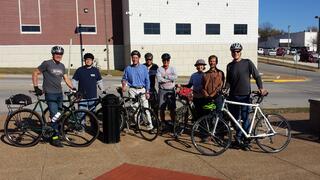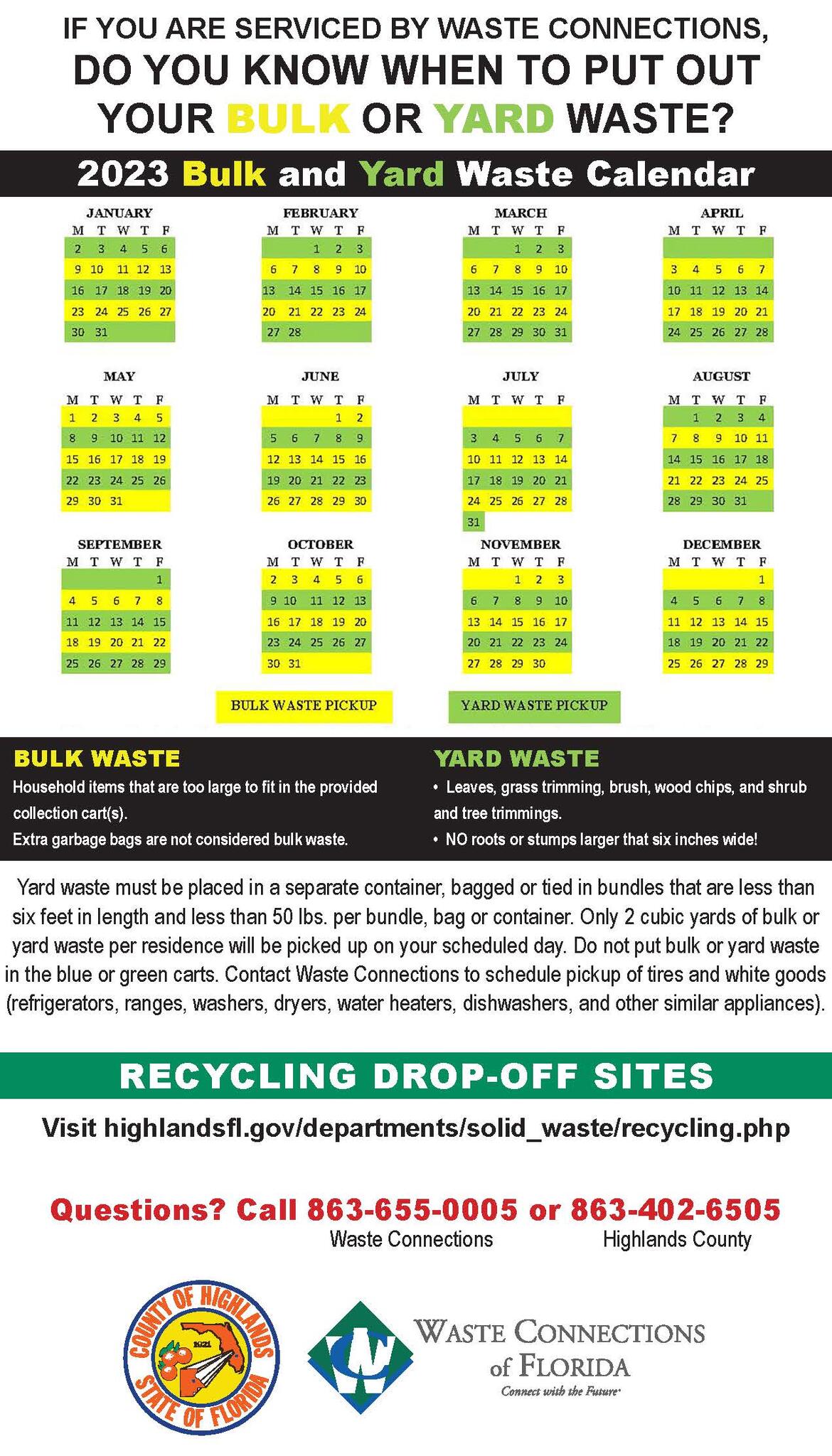10+ Bike League Secrets For Faster Times

For cyclists aiming to shave precious seconds off their race times, understanding the intricacies of bike league strategies is paramount. The world of competitive cycling is not just about physical endurance and bike handling skills; it's also about mastering the tactics that can make all the difference between winning and losing. In this article, we'll delve into the secrets that top cyclists and teams use to gain a competitive edge, from optimizing bike setup and training regimens to mastering the psychological aspects of racing.
Optimizing Bike Setup for Efficiency

A crucial aspect of achieving faster times in bike league competitions is ensuring that the bicycle is set up for optimal efficiency. This involves not just the obvious adjustments like saddle height and handlebar position but also finer details such as tyre pressure, gear ratio selection, and aerodynamic considerations. For instance, using tyres with the right tread pattern and pressure can significantly reduce rolling resistance, while an appropriately chosen gear ratio can help maintain a consistent cadence even on varying terrain.
Understanding Aerodynamics
Aerodynamic factors play a significant role in reducing air resistance, which can greatly impact a cyclist’s speed. Factors such as the bike frame design, wheel choice, and even the cyclist’s riding position can influence how much air resistance is encountered. Professional cyclists often work with aerodynamics experts to optimize their equipment and riding technique, using tools like wind tunnels to test and refine their setups.
| Aerodynamic Component | Impact on Speed |
|---|---|
| Deep Section Wheels | Up to 5% reduction in air resistance |
| Aero Frame Design | Up to 10% reduction in air resistance |
| Riding Position | Up to 15% reduction in air resistance with optimal position |

Training Strategies for Enhanced Performance

Beyond the bike itself, the way a cyclist trains can significantly impact their performance. This includes not just the physical aspects of training, such as interval training and hill sprints, but also the mental preparation and recovery techniques that are often overlooked. Top cyclists understand the importance of periodization, where training is structured into specific blocks focused on building endurance, increasing intensity, and finally, tapering for peak performance.
Nutrition and Recovery
Nutrition and recovery are critical components of a cyclist’s training regimen. Proper nutrition planning ensures that the body is fueled for optimal performance, while effective recovery strategies, including techniques like foam rolling and compression garments, can significantly reduce muscle soreness and improve between-session performance. Additionally, understanding how to manage hydration levels and electrolyte balance can prevent dehydration and electrolyte imbalances that can severely impact performance.
- Carbohydrate loading before long events to maximize glycogen stores.
- Protein intake for muscle repair and recovery.
- Hydration planning to ensure optimal fluid levels during competition.
What is the most effective way to improve cycling speed?
+The most effective way to improve cycling speed involves a combination of optimizing bike setup for efficiency, implementing targeted training strategies, and focusing on nutrition and recovery. Each of these elements plays a crucial role in enhancing overall performance.
How important is mental preparation in competitive cycling?
+Mental preparation is extremely important in competitive cycling. Techniques such as visualization, positive self-talk, and stress management can help cyclists stay focused, motivated, and composed under pressure, ultimately leading to better performance.
In conclusion, achieving faster times in bike league competitions requires a multifaceted approach that encompasses bike setup optimization, targeted training strategies, nutrition planning, recovery techniques, and mental preparation. By understanding and implementing these strategies, cyclists can gain a significant competitive edge and improve their overall performance.


